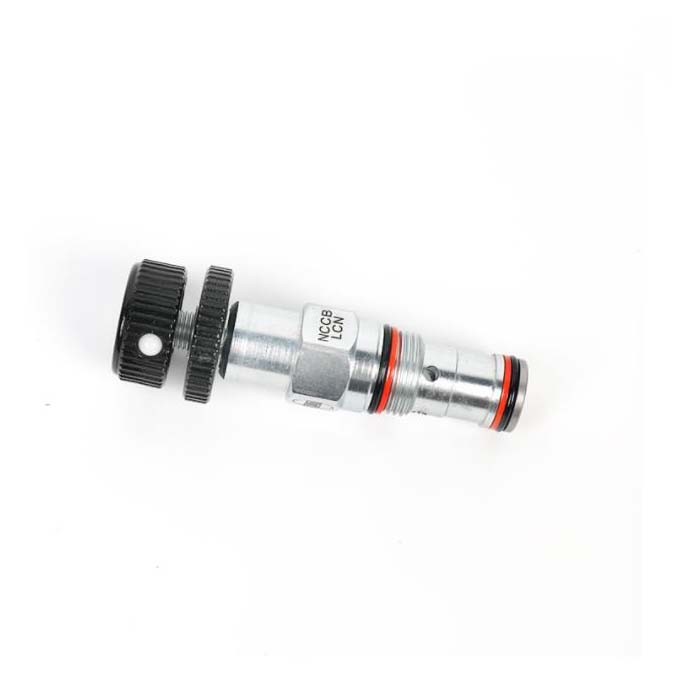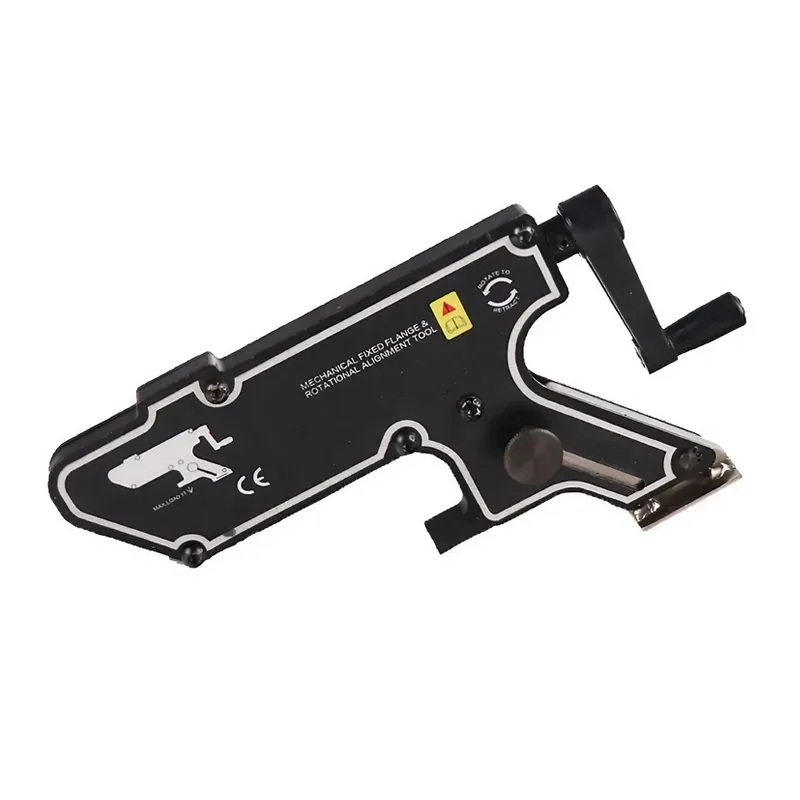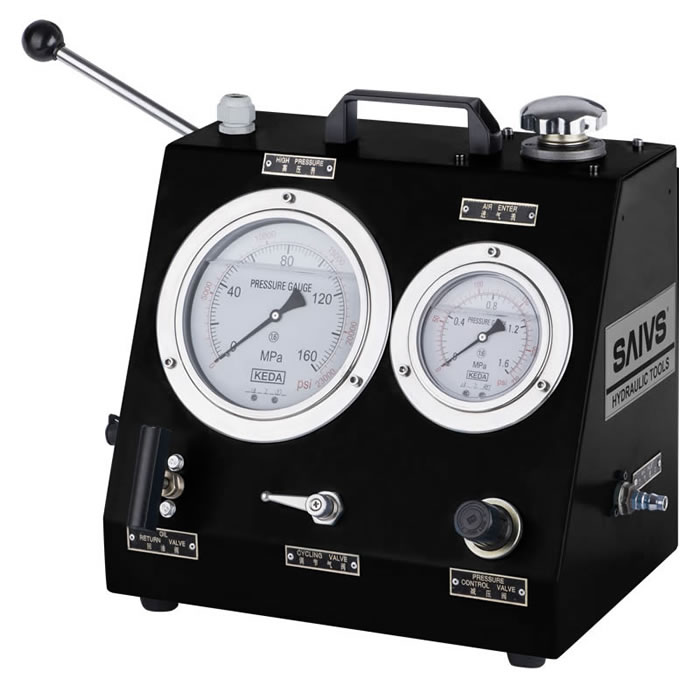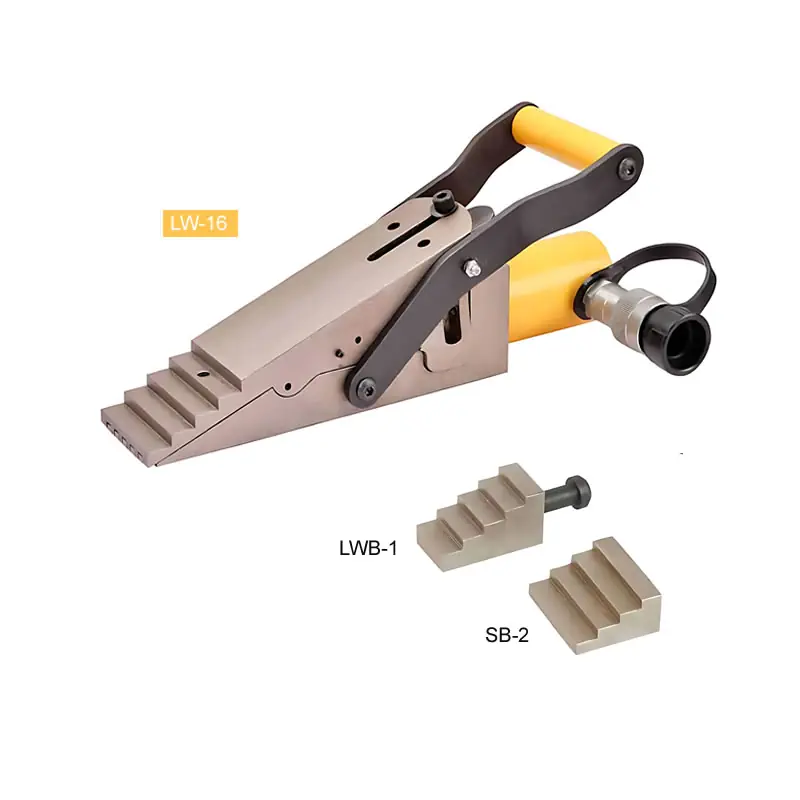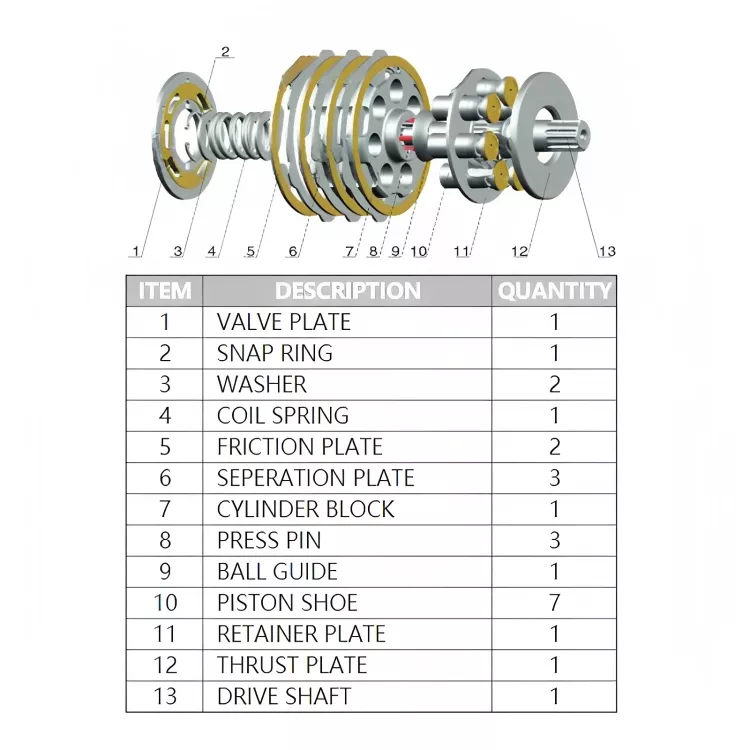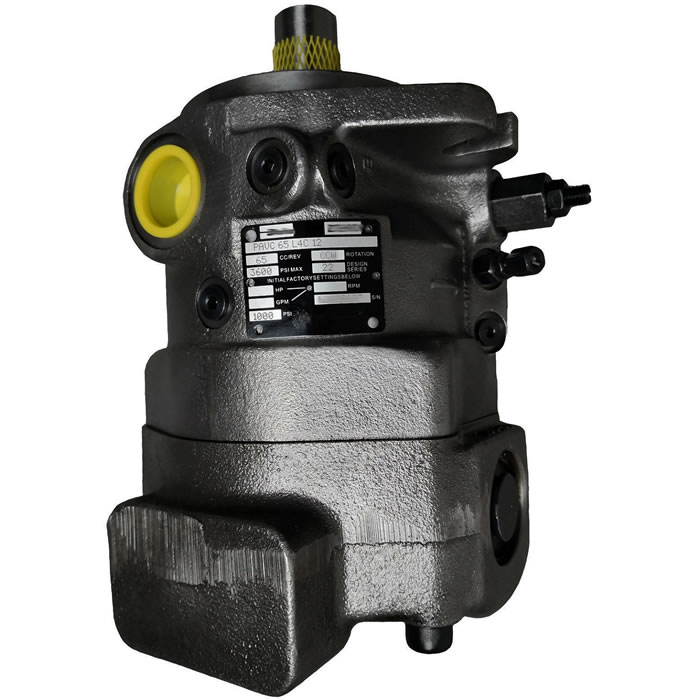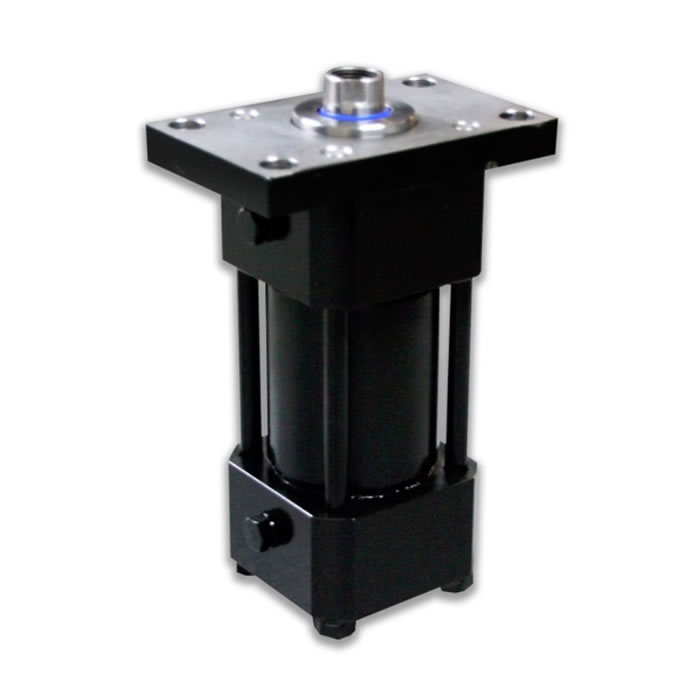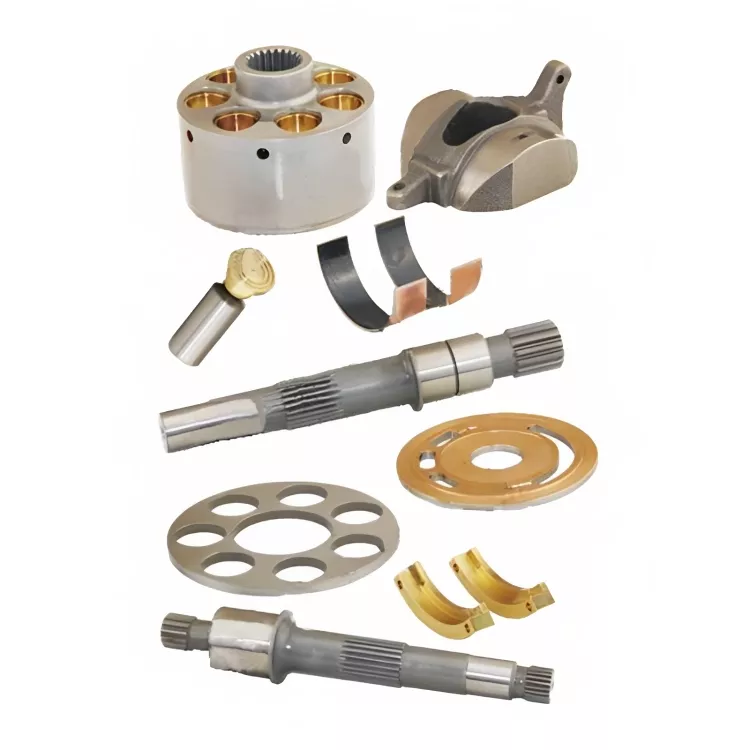What are the principles and standards for machining hydraulic valve blocks?
Today, Ningbo Saivs Machinery Co., Ltd. will give you a detailed description of the principles and standards of Hydraulic valve block machining.
Machining principle of hydraulic valve block

1. Hydraulic valve block machining can be divided into directional control valve, pressure control valve and flow control valve according to their functions. Correspondingly, these hydraulic valve blocks can be processed into three basic circuits: directional control circuit, pressure control circuit and speed control circuit. According to the different control methods, the processing of hydraulic valve block can be divided into common hydraulic control valve, servo control valve and share control valve.
2. Hydraulic valve block processing cartridge - also called main cutting assembly. Hydraulic valve block processing consists of four parts: spool, sleeve, spring and sealing ring. The main function is to control the direction, pressure and flow of the main oil line.
3. Hydraulic Valve Block Machining Operating Cover - It consists of miniature pilot operating elements (throttle plugs) embedded in the cover and other parts. It is mainly used to fix the cartridge and ensure sealing; Communicate and execute control between oil circuit and main felling control cavity.
4. Hydraulic Valve Block Processing Pilot Operating Valve - It is installed on the control cover (or directly on the integrated block). Hydraulic valve block processing is a smaller standard operating valve which operates the action of main cutting cartridge. Mainly include standard solenoid commutation valves with 6 and 10 pain diameters, share pressure regulating valves, adjustable dampers, buffers, etc. Larger cutting standards for hydraulic valve blocks can be used for secondary control with smaller two-way cartridge valves as required.
The device manufacturing and commissioning of hydraulic valve block shall strictly comply with the requirements of operation.
(1) Before the cleaning valve block in front of the hydraulic valve block device is installed, hydraulic oil is generally used to circulate to remove the remaining iron chips, dirt and impurities, so as to avoid the iron chips entering the hydraulic valve body when the system device is installed and circulating again, which will affect the application.
(2) Precautions when installing hydraulic valve block When installing valve block, the oil port of the valve block should be sealed with plastic plug or magnetic patch first to avoid dirt entering the contaminated valve block; Next, it is necessary to use the leverage block method to correct again to see if the connection condition of the holes corresponds to the corresponding hydraulic schematic diagram. Then check all components to be installed to avoid missing or wrong parts. In addition, the process plugs on the valve block should also be checked once, i.e. in accordance with the drawings. For bolts required for installing a hydraulic valve or component on a valve block, the strength of the device should match the application requirements of the component and be tightened with a torque wrench, otherwise the sealing of the valve and the component will be affected.
(3) Commissioning of hydraulic valve block The debugging of hydraulic valve block refers to the debugging after the hydraulic valve and hydraulic components have been installed on the valve block. The primary response is to clean the return circuit, i.e. to continuously change the change-over valve to ensure that all oil routes can be cleaned; In the case of servo valves or share valves, flushing covers are required to replace them. This cleaning is different from the cleaning treatment done after the previous block has been processed and cannot be omitted.
These are all the principles and standards of hydraulic valve block machining detailed by Ningbo Saivs Machinery Co., Ltd. If you have any questions, please feel free to consult.


